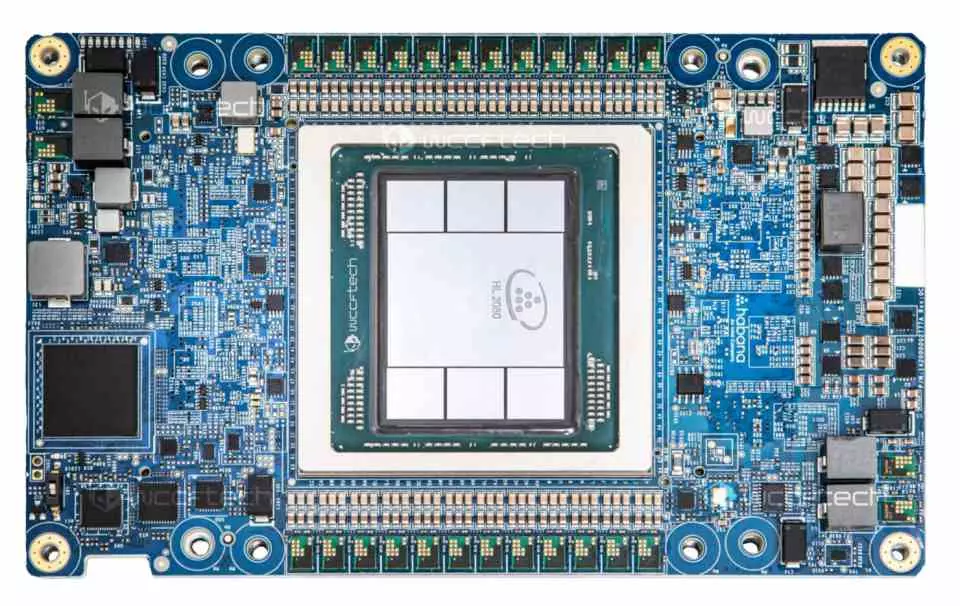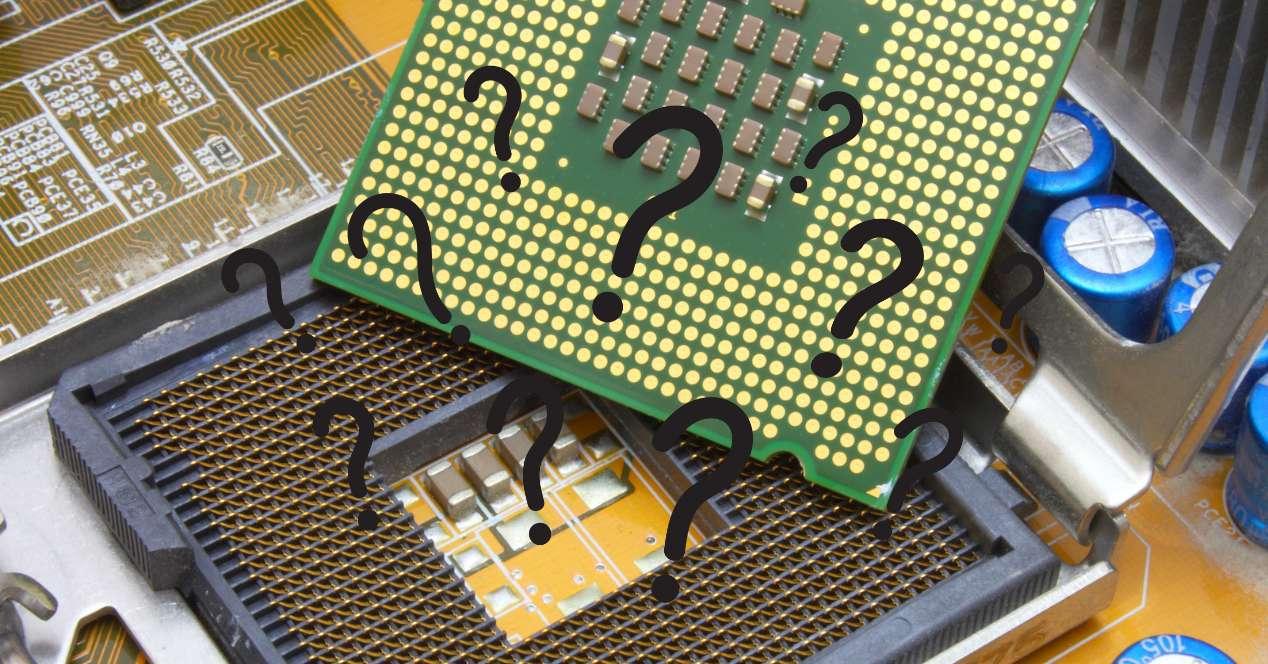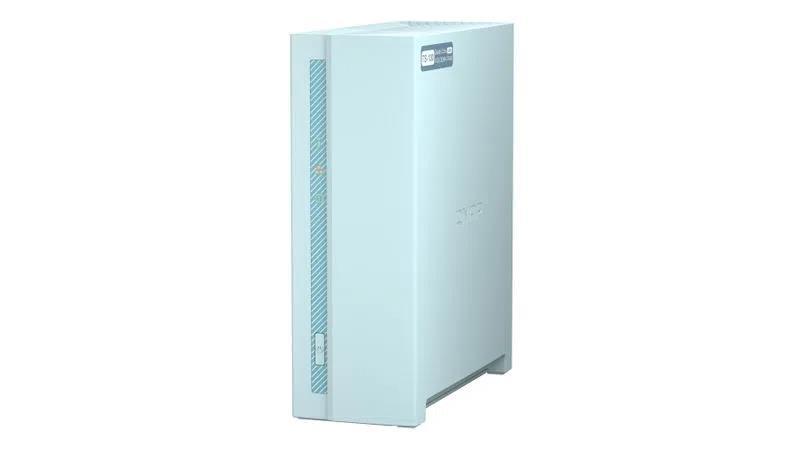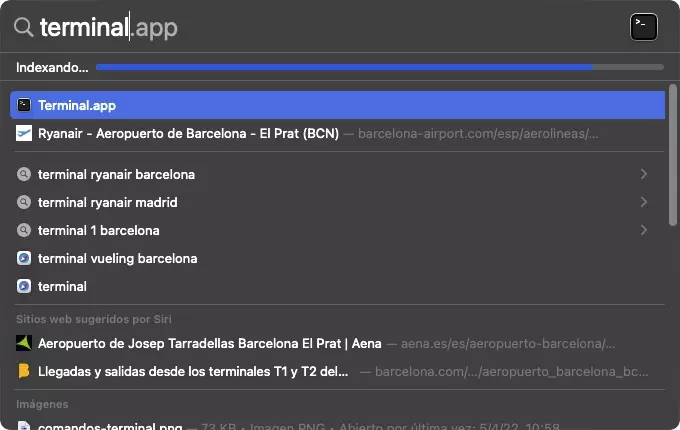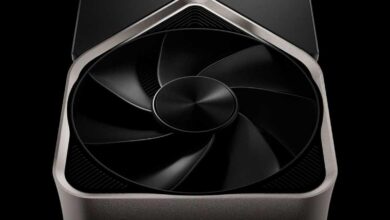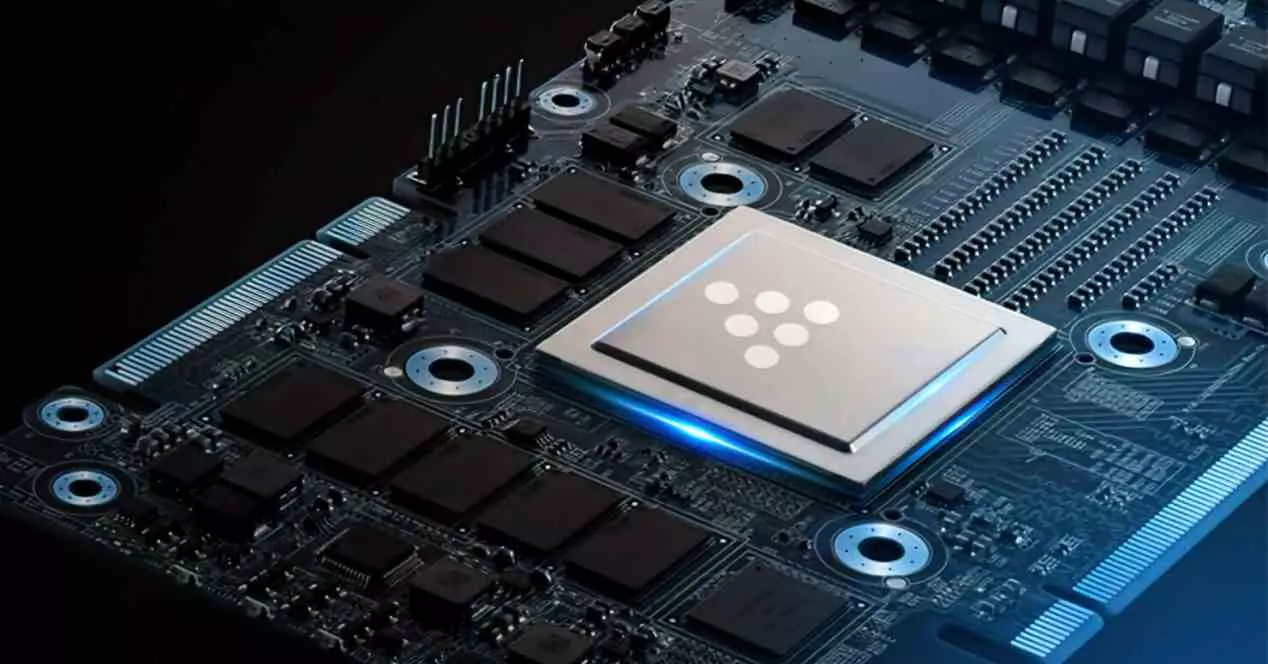
Artificial intelligence is the field that new processor designs have been focusing on in recent years. That is why Intel bought Havana in 2019, an emerging company specialized in this type of processor, to add it to its portfolio. Three years later, the first images of the Intel Gaudí 2 HL 2080 have appeared on the web. What are their specifications and how do they differ from other options on the market?
The applications of artificial intelligence are immense, since this type of algorithm has revolutionized various sectors and the way computers are used in recent years. However, these require the use of specific hardware and one of the three big companies in the hardware world has been NVIDIA with its focus in recent years in which its graphics architectures have evolved towards AI.
So Intel could not stay crossed and is going to attack on several fronts, from the AMX units included in processors, as well as the direct response to NVIDIA’s Tensor Core with its XMX units in its Intel ARC. Although these two options are more focused on algorithm inference and not machine learning. Jensen Huang’s position, therefore, is to have the same hardware as a solution for learning and inference, while Intel’s option is to offer different solutions in the guise of specialized processors.
Gaudí 2, this is Intel’s training processors
Under the code name of the famous Barcelona sculptor, the people of Habana Labs have created two processors for training in artificial intelligence about which we have little information at the moment. Except for a couple of photos and that they are manufactured under a 7nm node, but we do not know if by Intel or AMD. The first of them is him Intel Gaudi HL 2080 and as you can see it is a large processor, since it is accompanied by 6 HBM2E chipsthe same memory configuration as the NVIDIA A100 for a total of 96GB of memory.
Therefore, Intel would have increased the size of its Gaudí 2 chips by 50% higher compared to the first generation of this AI training processor. A significant leap in performance and complexity from the original design is expected, as they were not only smaller, but made use of TSMC’s much less advanced 16nm node. Intel’s goal? Meet and outperform NVIDIA Hopper in these kinds of AI-related tasks.
Instead, the Habana Labs processor that seems to have fallen out of favor is Goya, which would be used for inference and, therefore, to execute the algorithms learned by Gaudí. The reason behind this could be due to the fact that Intel ARC graphics cards and their different processors already have units capable of executing artificial intelligence algorithms at high speeds without problems. Of course, they must first be developed and trained at the server level with a Gaudí 2 accelerator card.
